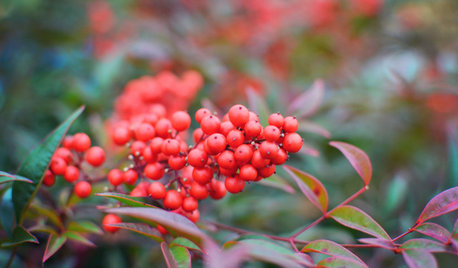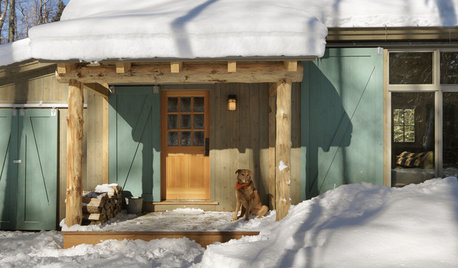cardboard and newspaper-safe to compost?
rpondpa
17 years ago
Featured Answer
Comments (27)
donn_
17 years agoDemeter
17 years agoRelated Professionals
Anderson Landscape Contractors · Surprise Landscape Contractors · Camp Verde Landscape Contractors · Cary Landscape Contractors · Centereach Landscape Contractors · Concord Landscape Contractors · Conroe Landscape Contractors · Ellensburg Landscape Contractors · Middletown Landscape Contractors · Riverview Landscape Contractors · St. Louis Landscape Contractors · West Palm Beach Landscape Contractors · Gaithersburg Decks, Patios & Outdoor Enclosures · Mitchellville Decks, Patios & Outdoor Enclosures · Provo Decks, Patios & Outdoor Enclosuresbrdldystlu
17 years agoKimmsr
17 years agodavid52 Zone 6
17 years agonormana400_yahoo_com
15 years agoMark Stamas
13 years agodsduquet_gmail_com
13 years agojolj
13 years agotora_san28_gmail_com
13 years agogoren
13 years agojolj
13 years agoKimmsr
13 years agobill_stayton_yahoo_com
13 years agodumpdoctor_gmail_com
13 years agolazy_gardens
13 years agojonas302
13 years agojonas302
13 years agogreen_go (Canada, Ontario, z 5a)
11 years agoKimmsr
11 years agoNevermore44 - 6a
11 years agoRpR_
11 years agorohanjcp
11 years agoKimmsr
11 years agoMaryAnn1950
9 years agoKimmsr
9 years ago
Related Stories

GARDENING GUIDESGet on a Composting Kick (Hello, Free Fertilizer!)
Quit shelling out for pricey substitutes that aren’t even as good. Here’s how to give your soil the best while lightening your trash load
Full Story
GARDENING GUIDESMid-Atlantic Gardener's January Checklist
Scatter berries while ye may, be kind to your fair-feathered friends and try a time-saving compost trick that will keep you out of the cold
Full Story
KITCHEN DESIGN16 Practical Ideas to Borrow From Professional Kitchens
Restaurant kitchens are designed to function efficiently and safely. Why not adopt some of their tricks in your own home?
Full Story
RUSTIC STYLE10 Cabin Rental Basics for City Slickers
Stay warm, dry and safe while you’re enjoying winter cabin life with this valuable advice
Full Story
LIFEHow to Outsmart Backyard Critters
Learn to think like a raccoon, skunk or squirrel to keep your home safe and your garden intact
Full Story
FEEL-GOOD HOME6 Design Ideas for Happy Pets
Keep your dog or cat feeling safe and in high spirits, and you'll all feel more at peace. Here's how
Full Story
EARTH DAYThe Case for Losing the Traditional Lawn
Work less, help the environment and foster connections by just saying no to typical turf
Full Story
ORGANIZINGHelp for Whittling Down the Photo Pile
Consider these 6 points your personal pare-down assistant, making organizing your photo collection easier
Full Story
FALL GARDENING5 Ways to Put Fall Leaves to Work in Your Garden
Improve your soil and yard the organic way with a valuable garden booster that grows on trees
Full Story
REMODELING GUIDESOne Guy Found a $175,000 Comic in His Wall. What Has Your Home Hidden?
Have you found a treasure, large or small, when remodeling your house? We want to see it!
Full StorySponsored
Custom Craftsmanship & Construction Solutions in Franklin County
More Discussions






muttmom0847_yahoo_com